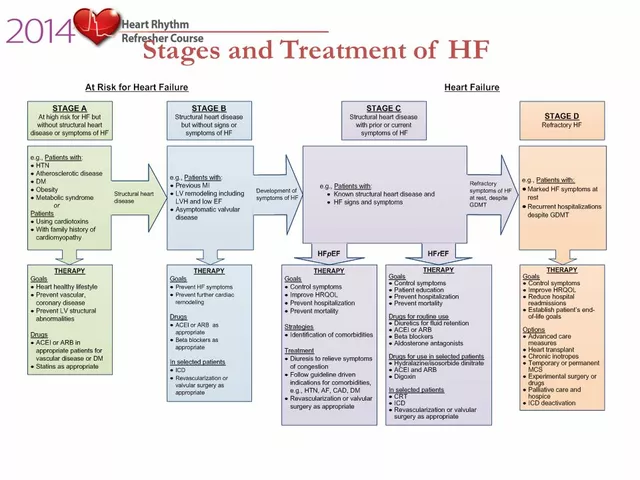Tiotropium Alternatives
When talking about tiotropium alternatives, other medicines that can replace or supplement the long‑acting muscarinic antagonist tiotropium, it helps to see the bigger picture. Many people with COPD, chronic obstructive pulmonary disease, a progressive lung condition that blocks airflow or moderate asthma, a reversible airway inflammation that causes wheezing and shortness of breath look for alternatives when side‑effects, cost, or device preference become issues. The central question is: which drug class fits your breathing pattern, daily routine, and health goals?
One major related entity is the bronchodilator, any medication that relaxes airway smooth muscle to improve airflow. Bronchodilators split into two big families: long‑acting muscarinic antagonists (LAMAs) like tiotropium, and long‑acting beta agonists (LABAs) such as salmeterol or formoterol. A third player, inhaled corticosteroid, a steroid delivered by inhaler to reduce airway inflammation, often combines with a LABA or LAMA for better control. Understanding these groups lets you see how “tiotropium alternatives” fit into the broader treatment landscape.
Here are three semantic connections that shape the decision‑making process:
- Tiotropium alternatives encompass other LAMA drugs such as aclidinium and umeclidinium.
- Choosing a bronchodilator requires proper inhaler technique, because poor technique can nullify any drug’s benefit.
- Inhaled corticosteroids influence the selection of a tiotropium alternative, especially when patients need both anti‑inflammatory and bronchodilating actions.
Key considerations when picking an alternative
First, look at the drug’s **mechanism of action**. LAMAs block the muscarinic receptors that cause bronchoconstriction, while LABAs stimulate beta‑2 receptors to relax airway muscles. If a patient experiences dry mouth with tiotropium, switching to another LAMA might keep the same mechanism but reduce that side‑effect. If the main issue is insufficient lung function improvement, adding a LABA or an inhaled corticosteroid could boost overall control.
Second, examine the **delivery device**. Tiotropium is usually taken with a soft‑mist inhaler (Respimat) or a dry‑powder inhaler (HandiHaler). Some alternatives, like glycopyrrolate, come in a nebulizer solution, which can be easier for elderly patients or those with limited hand strength. Device preference often determines adherence, so match the inhaler to the patient’s dexterity and lifestyle.
Third, factor in **cost and insurance coverage**. Generic LAMA options such as aclidinium are often cheaper than brand‑name tiotropium, while LABA‑ICS combos may be covered under different formularies. Checking copays and pharmacy discounts early can prevent surprise expenses that lead to therapy discontinuation.
Fourth, consider **comorbid conditions**. Patients with cardiovascular disease may benefit from LAMAs that have a lower heart‑rate impact, whereas those with frequent exacerbations might need an inhaled corticosteroid added to any bronchodilator regimen. Tailoring therapy to the whole health picture maximizes safety and effectiveness.
Finally, monitor **clinical outcomes**. Lung function tests (FEV1), symptom scores, and exacerbation frequency provide data to decide if an alternative is doing its job. If a switch doesn’t improve these metrics within a few weeks, it’s time to re‑evaluate the choice.
By keeping these factors in mind, you can navigate the maze of tiotropium alternatives with confidence. Below, you’ll find a curated set of articles that dive deeper into specific drugs, device tips, cost‑saving strategies, and real‑world patient experiences. Whether you’re a patient, caregiver, or health professional, the collection offers practical insights to help you select the right option for every breathing challenge.

Tiova Rotacap vs Other Tiotropium Inhalers: Which LAMA Is Right for You?
- Date: 25 Sep 2025
- Categories:
- Author: David Griffiths
A detailed comparison of Tiova Rotacap (tiotropium) with other long‑acting inhalers, covering efficacy, device type, side‑effects and cost to help you choose the best option.




